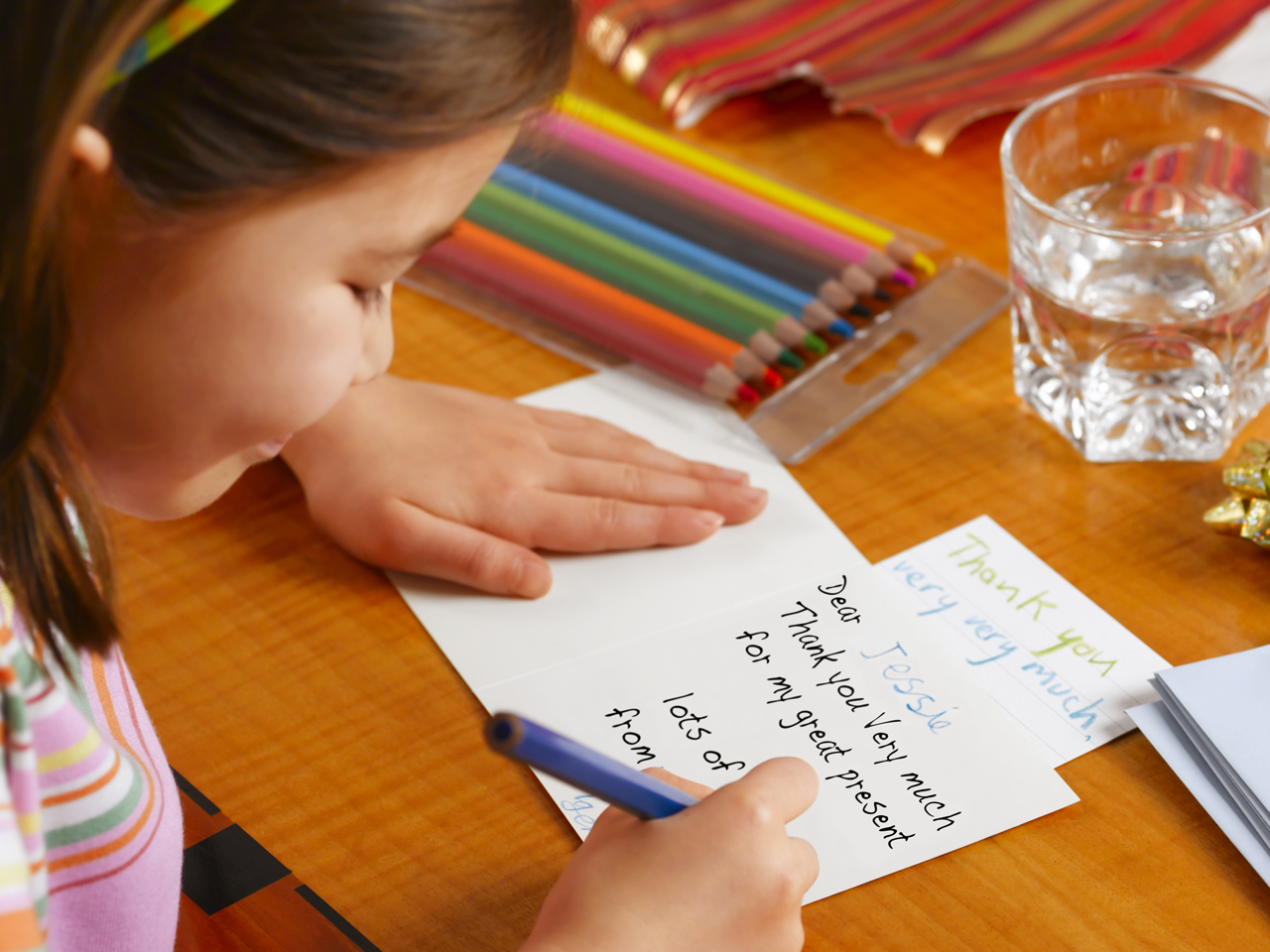感謝の手紙を書くことは、相手への感謝の気持ちを言葉にするだけでなく、子どもの感性や表現力を育む素晴らしい活動です。さらに、親子で一緒に取り組むことで、感謝の大切さを共有し、絆を深める機会にもなります。
この記事では、感謝の手紙を書くことのメリットと、親子で楽しく取り組むためのステップを紹介します。
感謝の手紙を書くことのメリット
- 感謝の気持ちを育てる
手紙を書く過程で、自分が誰にどんなことをしてもらい感謝しているかを考えることで、感謝の心が自然と育まれます。 - 自己表現力を高める
手紙を書くことで、自分の気持ちや思いを言葉にする力が養われます。 - コミュニケーションを強化する
手紙を受け取った相手は、その気持ちに応えたいと思い、子どもとのつながりがより深まります。 - 親子の絆を深める
手紙を書く時間を共有することで、親子で感謝の大切さを実感し、心温まる時間を過ごせます。
感謝の手紙を書くためのステップ
1. 誰に感謝の手紙を書くか決める
まずは、手紙の宛先を一緒に考えましょう。
- 祖父母や親戚
- 学校の先生や友達
- お世話になった近所の方やペットの世話をしてくれた人
「誰に感謝したい?」と質問することで、子どもが自分の中にある感謝の気持ちに気づくきっかけになります。
2. 感謝したい具体的な理由を考える
次に、感謝の内容を一緒に考えます。具体的な理由が手紙に含まれると、相手に気持ちがより伝わりやすくなります。
- 例: 「いつも一緒に遊んでくれてありがとう。」
- 例: 「宿題をわかりやすく教えてくれてありがとう。」
- 例: 「おいしいご飯を作ってくれてありがとう。」
「どんなことをしてもらったときに嬉しかった?」と聞いてみると、具体的なエピソードを思い出しやすくなります。
3. 子どもの言葉で手紙を書く
感謝の手紙は、完璧な文章である必要はありません。子どもが思ったことを自由に書けるようにサポートしましょう。親が代筆する場合でも、子どもの言葉を尊重して書きます。
手紙の例:
〇〇へ
いつもぼくと遊んでくれてありがとう。〇〇と遊ぶととても楽しいです。
また一緒にサッカーしようね!
〇〇より
手紙を書くのが難しい場合は、簡単なイラストを添えるだけでも感謝の気持ちは伝わります。
4. 一緒にデコレーションする
手紙を楽しく飾る時間も、親子で楽しめる瞬間です。シールや色ペン、スタンプなどを使って自由にデコレーションしましょう。
- ハートや星のシールを貼る
- 手書きでイラストを添える
- 便箋や封筒を選ぶところから楽しむ
デコレーションは子どもの個性が光る場面でもあり、表現力を引き出すチャンスです。
5. 手紙を渡す瞬間を楽しむ
完成した手紙を相手に渡すことで、感謝の気持ちを実際に伝える喜びを体験できます。渡す際に「ありがとう」と声に出すことで、さらに気持ちが伝わります。
もし直接渡せない場合は、郵送で送るのも特別感があって良い方法です。「ポストに入れる体験」も子どもにとっては新鮮で楽しいものです。
親子で感謝の手紙を書くときのポイント
- 無理に完璧を求めない
子どもが自由に表現することを優先し、言葉の間違いや字の形は気にしないようにしましょう。 - 親も一緒に手紙を書く
子どもと一緒に親も感謝の手紙を書くことで、手本を示しながら活動を楽しめます。 - 感謝の気持ちを口に出す
手紙を書く過程で、「お母さんもあなたが〇〇を手伝ってくれて、とても嬉しいよ」と伝えると、子どもが感謝を身近に感じられます。
まとめ
感謝の手紙を書くことは、子どもが感謝の心を育み、自己表現を楽しむ素晴らしい機会です。以下のステップを取り入れて、親子で一緒に感謝の気持ちを伝えましょう:
- 誰に書くか決める
- 感謝の具体的な理由を考える
- 子どもの言葉で手紙を書く
- 一緒にデコレーションする
- 手紙を渡す瞬間を楽しむ
この活動を通じて、子どもと一緒に心温まる時間を過ごし、感謝の大切さを実感してみてください。
Writing Thank-You Letters with Your Child
Writing a thank-you letter is a wonderful way to express gratitude while also nurturing a child’s sensitivity and ability to articulate their feelings. Moreover, working on this activity together strengthens the parent-child bond and reinforces the importance of showing appreciation.
This article explores the benefits of writing thank-you letters and provides steps to make it an enjoyable and meaningful activity for parents and children.
Benefits of Writing Thank-You Letters
- Fosters a sense of gratitude
By reflecting on who they are thankful for and why, children naturally develop a deeper sense of appreciation. - Enhances self-expression
Writing letters helps children articulate their thoughts and feelings in words. - Strengthens connections
Receiving a heartfelt letter can deepen the recipient’s relationship with the child. - Deepens the parent-child bond
Sharing this experience allows parents and children to appreciate the value of gratitude together.
Steps to Writing a Thank-You Letter
1. Decide Who to Write To
Start by discussing who the letter should be addressed to:
- Grandparents or relatives
- Teachers or friends
- Neighbors or someone who helped, like a pet sitter
Ask your child, “Who do you feel thankful for?” to help them identify the people they appreciate.
2. Think About Specific Reasons for Gratitude
Next, brainstorm specific reasons to include in the letter. Sharing particular acts of kindness or support makes the message more heartfelt and meaningful.
- Example: “Thank you for always playing with me.”
- Example: “I really appreciate you helping me with my homework.”
- Example: “Thank you for cooking such delicious meals.”
Ask, “What made you feel happy or thankful?” to help your child recall specific memories.
3. Write the Letter in the Child’s Words
The letter doesn’t need to be perfectly written. Support your child in expressing their feelings freely, or write it down for them if needed, while keeping their words intact.
Sample Letter:
Dear [Recipient],
Thank you for always playing with me. I have so much fun when we play together.
Let’s play soccer again soon!
From [Child’s Name]
If writing is challenging, a simple drawing or illustration can also effectively convey gratitude.
4. Decorate the Letter Together
Making the letter visually appealing can be a fun part of the activity. Use stickers, colorful pens, or stamps to personalize the letter.
- Add heart or star stickers.
- Draw small illustrations.
- Let your child choose the stationery or envelope.
Decorating is a great way for children to showcase their creativity and make the letter more personal.
5. Enjoy the Moment of Delivering the Letter
The act of handing over the completed letter is just as meaningful as writing it. Encourage your child to say “thank you” aloud when giving the letter to enhance the impact of their gratitude.
If delivering the letter in person isn’t possible, mailing it can add a special touch. Posting the letter together can be a new and exciting experience for your child.
Tips for Writing Thank-You Letters with Your Child
- Don’t aim for perfection
Focus on allowing your child to express themselves freely without worrying about spelling or handwriting. - Write a letter yourself
Join your child in writing your own thank-you letter to model the activity and make it a shared experience. - Express your own gratitude
While writing the letter, share your feelings with your child, such as, “I’m so thankful to you for helping me with [specific task].”
Conclusion
Writing thank-you letters is a wonderful way for children to develop a sense of gratitude and enjoy expressing themselves. Follow these steps to make it a rewarding activity:
- Decide who to write to.
- Think about specific reasons for gratitude.
- Write the letter in the child’s words.
- Decorate the letter together.
- Enjoy the moment of delivering the letter.
Through this activity, you can spend heartwarming moments with your child while instilling the value of gratitude in them.




コメント